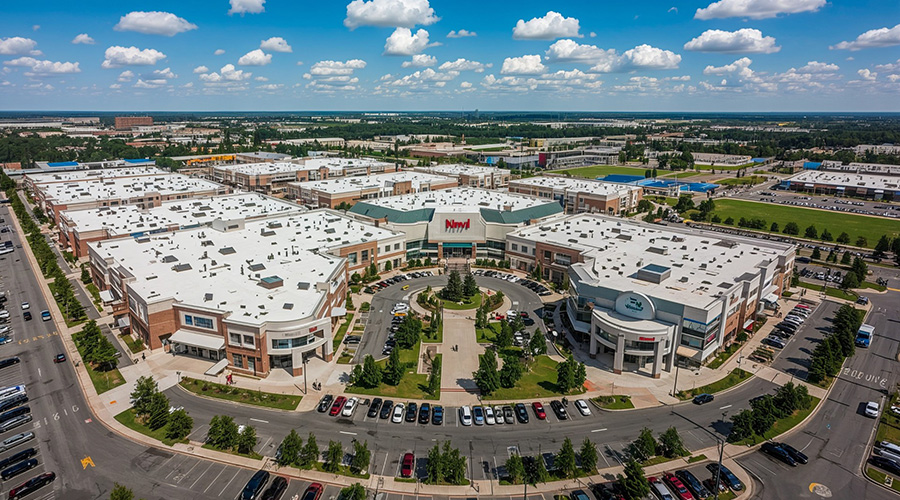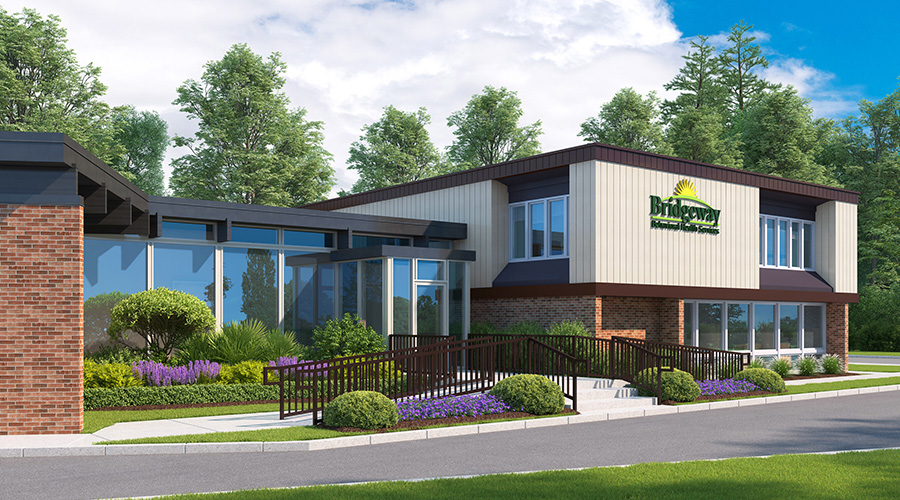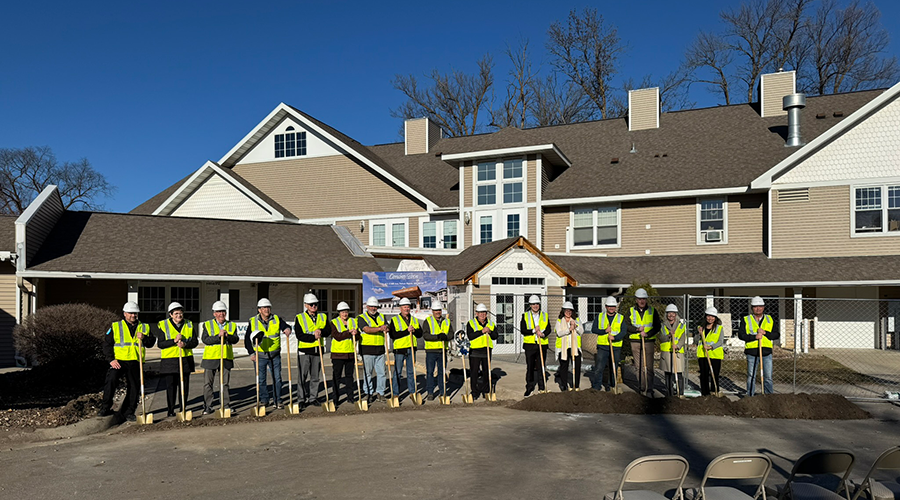Updates to the New York City building code restrict the use of interior finishes common in healthcare settings. According to the 2008 New York City building code, materials must now meet smoke development classifications, in addition to fire resistance classifications.
Most of the NYC building code mirrors the International Building Code (IBC). However, in certain sections, the NYC code is more stringent regarding the interior finishes allowed in a building. Chapter 8 focuses on the classes of interior building materials allowed. In Section 803.1.1, the NYC code stipulates that in "Exits, Corridors, Occupancy Group 1 Rooms and rooms with occupant loads of 10 SF per person or less" materials must have an allowable smoke developed index of only 25 to 100, according to an article written by Array Architects.
In the NYC building code, exits and corridors are limited to a smoke-developed index of 25, Occupancy Group 1 is limited to 50, and rooms in which net floor area per occupant is 10 SF or less are limited to an index of 100. The IBC allows smoke development of 0 to 450 for Class A, B and C-rated materials used as the finished face of walls and ceilings.
"The inclusion of corridors in this reduction to a smoke developed index of 25 has the potential to severely limit material choices for healthcare projects," according to the article. Ceiling and wall materials impacted include acoustic ceiling systems and wainscoting.
The article features a side by side comparison of the IBC 2009, NYC BC 2008 and NYC BC 1968 sections relevant to smoke development. A selected list of common wall base, wall protection, handrail, and ceiling products used in healthcare is also included, with available smoke developed index scores noted. One challenge to meeting the code is that," because most building codes do not require a smoke developed index below 450 manufacturers may not have test data readily available," says the article.

 Healthcare Is the New Retail
Healthcare Is the New Retail Bridgeway Behavioral Health Services Launches Campaign to Renovate Health Center
Bridgeway Behavioral Health Services Launches Campaign to Renovate Health Center Ground Broken for New North Dakota State Hospital
Ground Broken for New North Dakota State Hospital AI Usage for Healthcare Facilities
AI Usage for Healthcare Facilities Ground Broken on Pelican Valley Senior Living Modernization Project
Ground Broken on Pelican Valley Senior Living Modernization Project